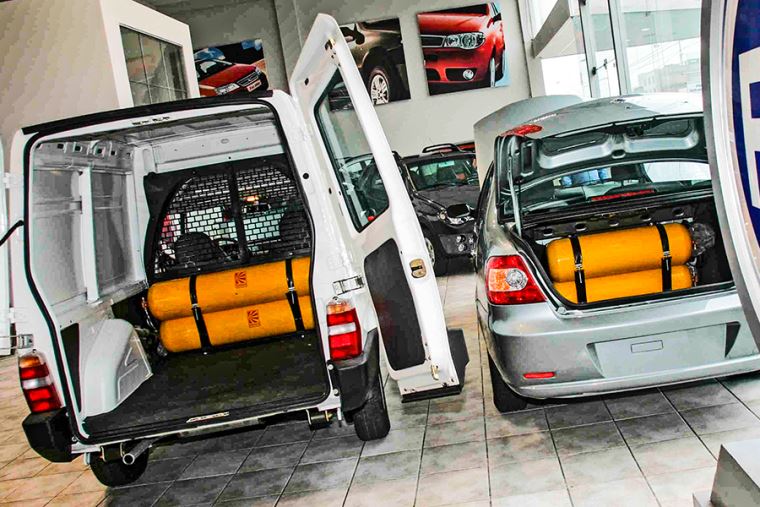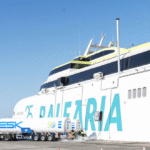January 26, 2024. More and more Peruvians are betting on compressed natural gas (CNG) for their vehicles. At the end of 2023, 453,440 circulating units with CNG were recorded, 13% more than what was registered in 2022, reported by the Automotive Association of Peru (AAP).
This universe represents 15% of the vehicle fleet, which is made up of more than 6 million vehicles in total.
The main advantage of CNG is its price. Since Peru is the producer of this resource, its value in the market is regulated, and it is not subject to the fluctuations of supply and demand that prevail in popular fuels such as gasoholes and LPG, which are largely imported, to the point that with S/16 a car with CNG can refuel its tank.
In the last 20 years, gas vehicles users saved more than S/61,000 million.
The AAP details that, although during 2023 there were 55,893 migrations to CNG – a 24% decline compared to 2022 (73,564 units converted) -, it still greatly exceeds what was recorded up to the bicentennial, since the threshold of the 21,000 annual conversions.
The slowdown in the conversion growth rate is explained by the normalization of the price of petroleum-derived fuels, such as gasoline. For example, the migration record seen in 2022 occurred when gasoline exceeded S/26 per gallon. As of December 2023, it fell to S/16.
Alberto Morisaki, Manager of Economic Studies and Statistics of the AAP, said that this year it is expected to exceed 55,000 vehicles converted to natural gas, but a more constant participation of the State will still be required to massify this resource, which apart from helping the economy of the home brings positive impacts to society as it is a clean fuel due to its low emissions of polluting gases.




